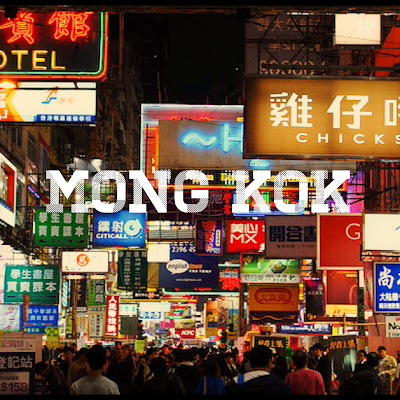Something new, something old and something borrowed is what you will witness when you explore the culture of this overcrowded, old coastal region of Mongkok. Situated in the Yau Tsim Mong district in the Kowloon peninsula in Hong Kong, this small town is among the most densely populated cities in the world and rightly identified by the Guinness World Records as the busiest town in the world.
Over the years Mongkok has seen a significant change in its setting. Argyle Street is the heart of present day Mongkok. The city is well known for preserving its traditional characteristics. There is an array of small shops and food stalls that have stayed the same, although not far away from these, modern day shopping malls have been built in the recent past. There are some interesting nick names that these traditional streets have acquired over the years mainly owing to what each street sells. For an example the ‘Ladies Street ‘specialises in women’s clothing, although there are also a few traditional food stalls selling everything from fresh veggies to authentic seafood and noodles. There are several other streets such as Tempe Street and Sai Yeung Choi Street South that have preserved the old culture of street selling.

Interestingly there is a road called the Sneakers Street that sells sports goods and one called the Flower Market Road that sells houseplants. Tile Street, as the name suggests sells floor tiles and building material such as wall paper and Photocopy Street true to its name has a row of communication shops that do some serious photocopying for students of the schools nearby. Portland Street is a popular red light district.
While you are in Mongkok try the food booths that sell traditional snacks such as various dim sum and fish balls that most enjoy as finger food while they rush by attending to chores in this busy city. While you explore this colourful city, stay at a hotel in Kowloon that shields you from the overwhelming streets. Among Mongkok hotels a unique hotel that offers style, class and comfort while also putting you within easy reach of the chaos and many of the attractions is the Cosmo Hotel Mongkok.













